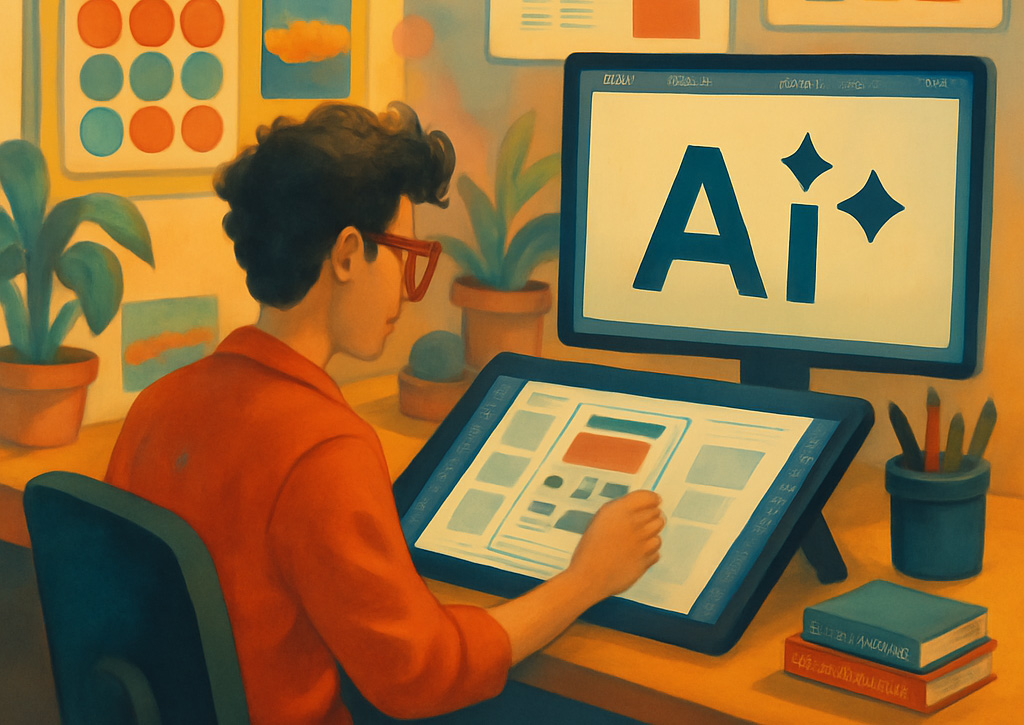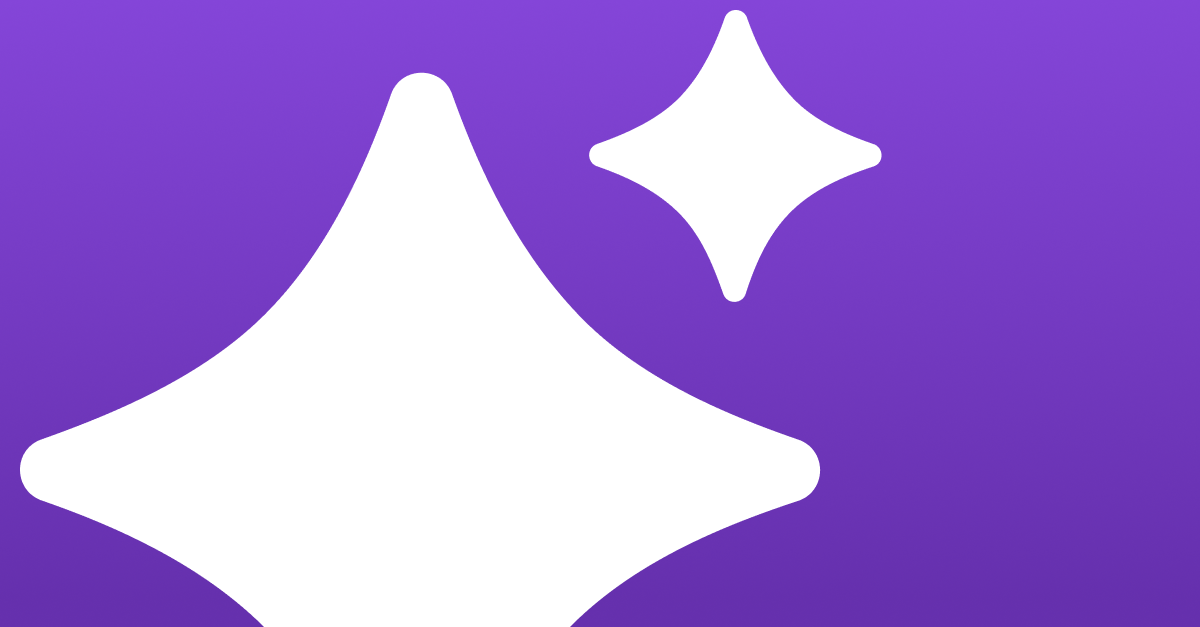In today’s digital landscape, the intersection of search engine optimization (SEO) and user experience (UX) design plays a crucial role in the success of websites and online businesses. While SEO focuses on improving a website’s visibility and ranking on search engine results pages (SERPs), UX design focuses on creating seamless and intuitive experiences for users. When UX designers possess a deep understanding of SEO principles and strategies, they can leverage this knowledge to enhance user experience and drive business success. In this article, we’ll explore the advantages of knowing SEO as a UX designer and how it can benefit both users and businesses.
Improved Visibility and Ranking
One of the primary goals of SEO is to improve a website’s visibility and ranking on search engines like Google. By optimizing website elements such as page titles, meta descriptions, headings, and content structure, UX designers can contribute to better search engine visibility. Understanding SEO best practices allows designers to create user-centric designs that are also search engine-friendly, leading to higher rankings and increased organic traffic.
Enhanced User Engagement
User engagement is a key metric for measuring the effectiveness of a website or application. When users find relevant and valuable content that meets their needs, they are more likely to engage with the site and spend more time exploring its pages. By incorporating SEO-driven content strategies into UX design, designers can create engaging and informative experiences that attract and retain users. This may include optimizing content for target keywords, organizing information hierarchically, and improving site navigation to facilitate user engagement.
Seamless Navigation and Accessibility
Navigation and accessibility are essential components of UX design that directly impact user satisfaction and retention. SEO principles such as clear site structure, intuitive navigation menus, and mobile responsiveness contribute to a positive user experience by making it easy for users to find what they’re looking for quickly and efficiently. UX designers who understand SEO can implement these principles effectively, ensuring that websites are accessible and user-friendly across all devices and screen sizes.
Targeted Audience Insights
SEO involves extensive keyword research and analysis to understand user intent and behavior. By conducting keyword research and analyzing search trends, UX designers can gain valuable insights into their target audience’s preferences, interests, and pain points. This information can inform the design process, allowing designers to create user-centric experiences that resonate with their audience and address their needs effectively. Additionally, understanding SEO metrics such as click-through rate (CTR) and bounce rate can help designers evaluate the effectiveness of their designs and make data-driven decisions to optimize user experience.
Conversion Rate Optimization (CRO)
Conversion rate optimization (CRO) is the process of improving the percentage of website visitors who take a desired action, such as making a purchase or signing up for a newsletter. UX designers who understand SEO can contribute to CRO efforts by designing conversion-focused landing pages, optimizing call-to-action (CTA) buttons, and streamlining the checkout process. By aligning design elements with SEO best practices, designers can create seamless and persuasive user experiences that drive conversions and ultimately, business growth.
Competitive Advantage
In today’s competitive digital landscape, businesses must differentiate themselves from competitors to stand out and attract customers. UX designers who possess SEO knowledge have a competitive advantage, as they can offer holistic solutions that address both user experience and search engine visibility. By integrating SEO strategies into UX design processes, designers can help businesses gain a competitive edge by improving their online presence, attracting more traffic, and converting visitors into customers.
Creating an awesome user experience is super important. And it’s even easier when you have the right tools! Whether you’re doing research, testing user interactions, or making wireframes and prototypes, having the appropriate tools can make your work easier and more effective.
That’s why I’m excited to share with you this ultimate guide to the top UX design tools for every stage of product development. With these tools, you’ll be able to create designs that captivate and delight users at every step.
1. Research – Data Gathering, Processing and Empathy Phase
- ChatGPT
Want to gather user feedback through conversational interfaces? ChatGPT can help you with that! Engage users in dialogue to understand their pain points, preferences, and expectations. - Google Analytics and Adsense
Analyze user behavior, traffic sources, and demographics to gain insights into user interactions with your digital products. Use Adsense to understand ad performance and optimize placements. - Hotjar
Provides invaluable insights into how users navigate and interact with your website or application using heatmaps, session recordings, and surveys. - Pageflows
Allow for collaborative creation and iteration of user flows.
2. Design – Make Phase
- Relume
Utilize AI technology to automatically create sitemaps and wireframes. - Figma & Figjam
Collaboratively design and iterate on user interfaces with Figma’s robust design tools. Use Figjam for brainstorming, wireframing, and collaborative ideation sessions with team members. - Visual Studio
Utilize its rich set of tools for coding, debugging, and prototyping UI elements.
3. Testing – Check Phase
- Omniconvert
Conduct A/B testing, multivariate testing, and personalization campaigns with Omniconvert’s powerful tools. - Maze
Maze enables you to create and launch tests quickly, collect actionable insights, and iterate on designs based on user feedback.







